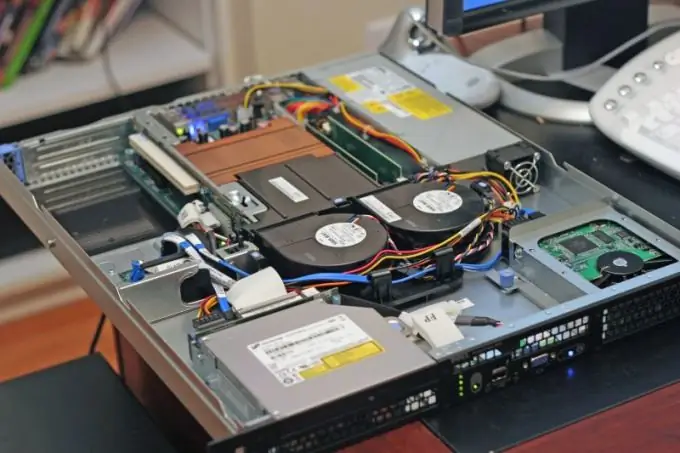- Author Lauren Nevill [email protected].
- Public 2023-12-16 18:48.
- Last modified 2025-01-23 15:15.
Once you've installed the server and the required software, it's time to configure. The server configuration depends entirely on its purpose. If you are using a regular computer as a server, proper configuration will ensure safety and ease of use.

Necessary
- - Pre-installed server or operating system;
- - Server software.
Instructions
Step 1
Select the server program. XAMPP is a good option. It is based on Apache code for reliability and ease of use and installation. This program is open source, so it is freely distributed. XAMPP is aimed primarily at the inexperienced user. In other words, if you have no knowledge of setting up and running a server, this program is perfect for you. It comes bundled with Apache server, MySQL, PHP and Perl. SMTP server and FTP server packages are also included in the distribution to create any type of server, be it a website, file exchange or mail server. Such a server can be easily started and stopped using the tools built into the control panel. XAMPP is available for Linux, Windows, MAC and Solaris operating systems.
Step 2
Use the XAMPP installer file. This is the best way to customize the software on your computer. This setup file works just like any other. When the program finishes its work, you will see an icon on the desktop and in the control panel, clicking on which makes it possible to start or stop several services at the same time.
Step 3
Start Apache and MySQL services. Once you've done that, open your web browser and go to https:// localhost /. Localhost is your computer. You can also use the address https://127.0.0.1. On the first page, you will receive initial instructions on how to proceed, starting with checking the status of your server.
Step 4
Click on the "Security" tab in the navigation window. You will notice that the security page lists services that are "insecure". To change this, simply click on the security.php link below in the status window. A page will open that allows you to create passwords for applications. Come up with a password for each app. Refresh the security page to see the changes.
Step 5
Move XAMPP to a new directory. Remember that every website you create will be housed in a separate folder inside the directory. To prevent the program from stopping working after moving the folder, you need to manually enter the path to it in the index.php file. It is usually located in the folder with the installed program. If the file is not there, use search to find out its location. After all the manipulations, check the functionality of the program by turning on the server.






